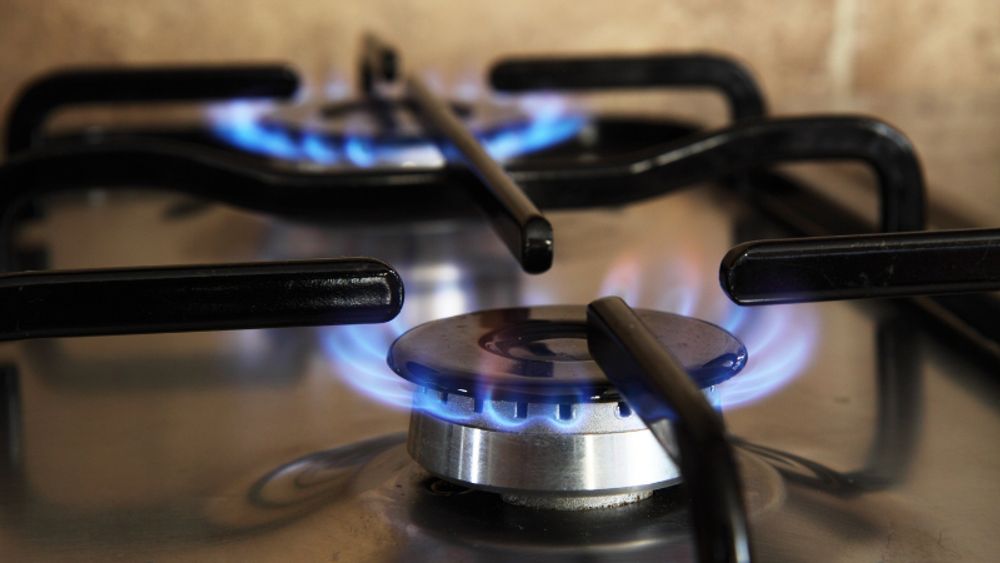Installing gas appliances in your kitchen or home can be a practical solution, particularly in areas experiencing prolonged periods of load shedding. However, it is crucial to ensure that all gas appliances are installed in compliance with the Occupation Health and Safety Act. Many households have opted for gas appliances or a combination of gas and electric appliances as an alternative to relying solely on electricity.
The primary reason for this increasing trend is the significant challenges posed by load shedding, which make it increasingly difficult for families to function normally. It is important for homeowners to be aware that a gas leak can pose a serious safety hazard that should never be ignored. If you detect a strong gas odor, it is crucial to leave your home immediately and contact the gas utility company for investigation. The presence of a strong gas smell in the air significantly increases the risk of explosion and fire.
The Health and Safety Act mandates that all gas appliances be installed according to specific regulations. This requirement is essential because incorrect installation can result in potential dangers, such as property damage or even loss of life. In the past, it was relatively easy for individuals to install gas appliances without considering the potential implications if done incorrectly.
To ensure the safe use of gas appliances, it is imperative to adhere to guidelines outlined in the SANS standard for gas installation and safe usage. For further information on these guidelines, you can visit the website sabs.co.za.
When installing gas appliances in your home, it is crucial to obtain a Certificate of Compliance (COC) from an authorized installation agent. The installer must either be registered with the LP Gas Association of South Africa (lpgas.co.za) or possess qualifications from the South African Qualification and Certification Committee (SAQCC).
You may wonder about the consequences of installing gas appliances without a COC. In such cases, if your property sustains damage, your insurance will not cover the expenses unless you have a valid COC. Home insurance companies have the authority to reject claims related to damage caused by gas appliances that were not installed by registered professionals and lack a Certificate of Compliance.
If you already have gas appliances installed in your home, it is your responsibility to ensure they meet health and safety standards. The COC should cover appliances such as gas heaters, stovetops, hobs, ovens, grills, braais, gas fireplaces, and hot water systems. If your appliances are not covered, it is highly recommended to schedule an appointment with a registered gas installer for an inspection and to obtain a COC. It is crucial to comply with strict regulations regarding minimum distances for gas cylinders in relation to entry and exit points in the home, windows, drains, and electrical/power outlets.
Incorrectly installed gas appliances can result in gas leaks, which pose significant health and safety risks to you and your family. Additionally, there is the danger of property damage due to potential explosions.
To ensure compliance, it is essential to adhere to regulations governing gas installations, whether they are new or existing. The regulations must be followed to obtain a Certificate of Compliance. For detailed information on the regulations related to the installation of gas appliances in a home, you can visit the website thegasman.co.za.
Nirvan Brijlal, the Acting Managing Director of the Liquefied Petroleum Gas Association of South Africa (LPGSA), emphasizes the importance of using registered professionals for the installation and maintenance of LPG appliances and cylinders.
When used in accordance with safety guidelines, LPG is a clean and reliable alternative fuel. To ensure the safe and effective use of LPG appliances, here are some general safety tips:
- Consult the appliance manual for specific safety instructions.
- Regularly service LPG appliances and fittings to keep them in good condition.
- Service LPG appliances only through licensed LPG installers or service companies.
- Regularly check appliances for performance deterioration, signs of corrosion, and minor leaks.
- Ensure that the area where you use the LPG appliance is well-ventilated.
- Avoid detaching cylinders, regulators, or any connections while the LPG appliance is in use.
- Never leave appliances unattended while in use.
- Turn off the gas supply at the cylinder after use and when the appliance is unattended.
When refilling your LPG cylinder, follow these guidelines:
- Ensure that your gas cylinder is correctly filled or exchanged in a timely manner.
- When exchanging cylinders, check for a shrink wrap seal covering the cylinder valve to ensure it has been legally and safely filled.
- Reject cylinders without a seal or with a clear seal lacking any writing or branding.
- The seal on the cylinder should have the same branding as the cylinder itself.
When connecting a new cylinder:
- Work in a well-ventilated area.
- Connect roll-about heaters to the LPG cylinder using an orange hose and a regulator.
- Before connecting the regulator, ensure that the cylinder valve is closed.
- Check that the regulator has a rubber seal (bullnose, O-ring, or washer) in good condition and securely attached to the regulator.
- Remember that the regulator has a left-hand thread, so turn it anti-clockwise to connect and clockwise to remove.
To check for gas leaks:
- After connecting the regulator to the cylinder valve, open the valve only one and a half turns.
- Wait for half a minute to detect any gas odor before igniting the heater.
- If you detect a gas smell, immediately close the valve and have the heater checked and serviced by an LPG dealer.
- You can also apply a soapy water solution to all joints and connections to check for leaks. Bubbles will form if there is a gas leak.
- Once you have checked for leaks, place the gas cylinder safely in the designated space behind the LPG heater and close the housing panel or backing plate.
- Ensure that the cylinder is secure and that there are no combustible materials near the heater, such as curtains, blankets, or doilies, before igniting the heater.
If you detect a gas leak and need to shut off the gas, there are four main locations to consider:
- Stove or oven: Turn off the gas at the gas line connections behind the stove or range.
- Geyser: Shut off the gas at the valve near the geyser to prevent any open flames.
- Heater: Look for a valve handle on the gas pipe close to the heater and turn it 90 degrees to shut off the gas.
- Gas meter: If you cannot identify the specific appliance causing the leak, turn off the main gas valve at the gas meter to stop the gas supply to the entire house.
The gas meter is typically located in a utility area, such as the garage or along an outside wall.
By following these guidelines and taking necessary precautions, you can safely and effectively use gas appliances in your home.


